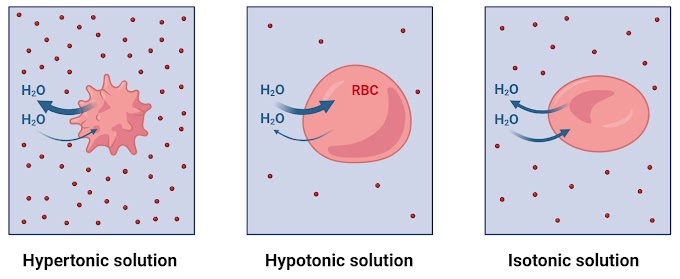In genetics, terms like genotype and phenotype are frequently used to describe the genetic makeup and characteristics of living organisms. Whether you’re a student, a biology enthusiast, or just curious about how traits are passed down from generation to generation, understanding the concept of genotype is crucial.
Define genotype
Genotype refers to the complete set of genes or genetic makeup of an organism. More specifically, it often describes the specific alleles (versions of a gene) present at particular locations (loci) on chromosomes. These alleles can influence traits such as eye color, blood type, and susceptibility to diseases.
In simple terms, the genotype is the “instruction manual” written in DNA that tells the body how to build and maintain itself.
Genotype vs. phenotype
These two terms are closely related but distinctly different. A genotype is internal and not directly visible, while the phenotype is the observable outcome of that genetic coding combined with environmental influences.
Let’s consider a gene with two possible alleles:
A – dominant allele
a – recessive allele
The possible genotypes are:
AA – Homozygous dominant
Aa – Heterozygous
aa – Homozygous recessive
Depending on the dominance relationship, each of these genotypes can result in different phenotypes. For instance:
AA and Aa might both lead to brown eyes (if brown is dominant).
aa might result in blue eyes (if blue is recessive).
How genotype is inherited (Examples of genotype)
Each individual inherits one allele from each parent for a given gene. This results in two alleles per gene (except in the case of sex-linked traits or mitochondrial DNA).
Example:
Parent 1: Aa
Parent 2: Aa
The offspring could inherit:
AA (25%)
Aa (50%)
aa (25%)
This distribution can be visualized using a Punnett square, a tool used in genetics to predict the probability of inheriting particular genotypes.
Why genotype matters
Understanding genotypes has wide-reaching implications:
1. Medical genetics
Certain genotypes may predispose individuals to conditions like cystic fibrosis or sickle cell anemia.
2. Agriculture
Genotype analysis helps in breeding crops or livestock with desirable traits.
3. Forensics
DNA profiling in crime scenes relies on genotypic information.
4. Ancestry and evolution
Studying genotypes helps trace lineage and understand evolutionary processes.
Modern tools for genotype analysis
Modern science uses various techniques to study genotypes:
- PCR (Polymerase Chain Reaction)
- DNA sequencing
- Genotyping microarrays
These technologies allow scientists to read specific parts of the genome to determine an individual’s genotype with high precision.
Common misconceptions about genotype
Genotype = Phenotype
Not always. Two people can have the same genotype but different phenotypes due to environmental factors.
Genotype can't change
While the DNA sequence remains mostly fixed, mutations or epigenetic changes can alter gene expression.
Only one genotype matters per person
Humans have tens of thousands of genes. Each gene has its own pair of alleles, contributing to the overall genotype.
Conclusions
Genotype is the genetic blueprint of an organism. It determines what traits an organism can have, but not necessarily what traits it does have. Genotypes are inherited and can be studied to predict traits, diagnose conditions, or understand biological relationships.
Understanding genotypes gives us a powerful lens through which to explore the building blocks of life. As genetic research progresses, our ability to decode, interpret, and even edit genotypes is opening up revolutionary possibilities in science and medicine.
Some questions and answers
1. What is a genotype?
A. A genotype is the genetic makeup of an organism, including all the genes and their specific alleles.
2. How is genotype different from phenotype?
A. Genotype refers to the genes an organism carries, while phenotype is the physical expression of those genes.
3. Can two individuals have the same phenotype but different genotypes?
A. Yes, for example, both AA and Aa genotypes can produce the same dominant trait in the phenotype.
4. How is a genotype inherited?
A. An organism inherits one allele from each parent for every gene, forming its genotype.
5. Why is understanding genotype important?
A. It helps predict inherited traits, diagnose genetic conditions, and guide medical or agricultural decisions.






0 Comments